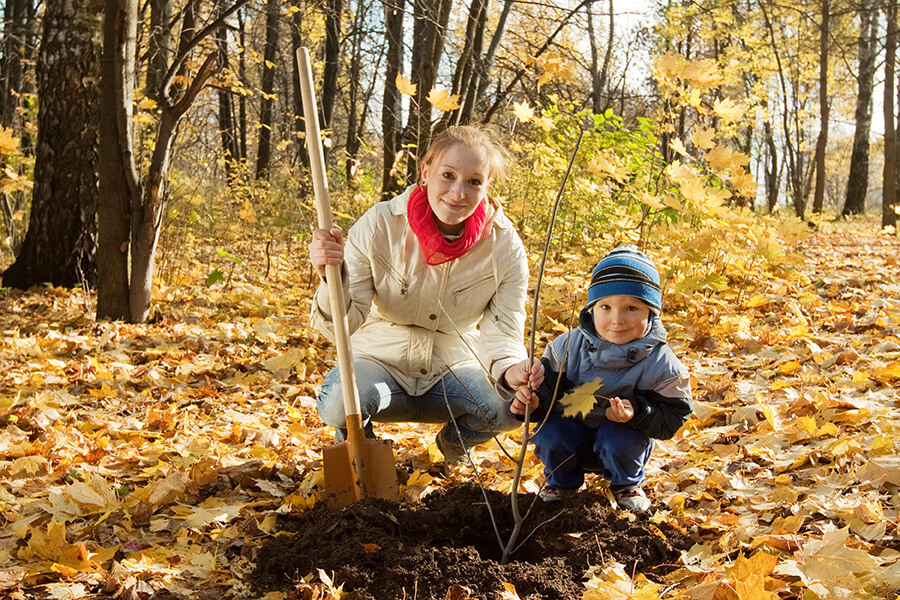
Is It Too Late To Plant Trees and Perennials in Ontario?
As the days grow shorter and the air colder, you may be wondering Is it too late to plant trees and perennials in Ontario? The good news is that, in most cases, the answer is a reassuring no (with some caveats and exceptions). Fall is actually one of the best times to get plants into the ground, as long as you’re mindful of the timing and preparation. Let’s dig into the details.
Why Fall Planting Works
Fall planting in Ontario has several benefits:
Cooler Temperatures
Plants experience less stress from heat, making it easier for them to establish roots.
Moisture Levels
Autumn rains are ideal for consistent soil moisture, giving roots the hydration they need.
Extended Root Development
Trees and perennials focus their energy on root growth instead of foliage during cooler months, helping them settle in before winter.
How Late Is Too Late?
Timing is everything. In Ontario, the general rule is to plant trees and perennials at least a few weeks before winter sets in and the ground stays frozen. Just be sure to water the trees well. This gives roots enough time to get established.
For Trees
Aim for mid-September to late October. Evergreens are best planted earlier in the season, as they need more time to anchor their roots before winter (water well and wrap evergreens with burlap to prevent drying out of the needles).
For Perennials
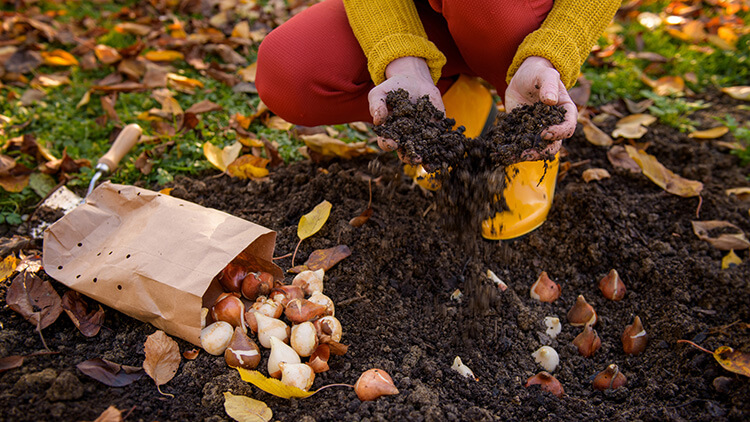 You can plant most varieties into early November if the weather cooperates and the soil remains workable. Small perennials may get lifted in the winter with frost. So, make sure you check the plants in early Spring and replant if needed.
You can plant most varieties into early November if the weather cooperates and the soil remains workable. Small perennials may get lifted in the winter with frost. So, make sure you check the plants in early Spring and replant if needed.
Keep an eye on local frost dates and avoid planting when the ground is too hard or excessively wet.
Choosing the Right Plants
Certain trees and perennials are better suited for fall planting:
Trees
Maples, oaks, and elms are hardy choices. But really, any tree that’s hardy in zone four or lower can be planted right up until heavy frost. See the Canadian hardiness zone map.
Perennials
Hostas, daylilies, and peonies establish well in the fall. Native plants are also a great option for added resilience.
Pro Tips for Success
Prep the Soil
Remove weeds, loosen the soil, and add compost or mulch to enrich it.
Water Thoroughly
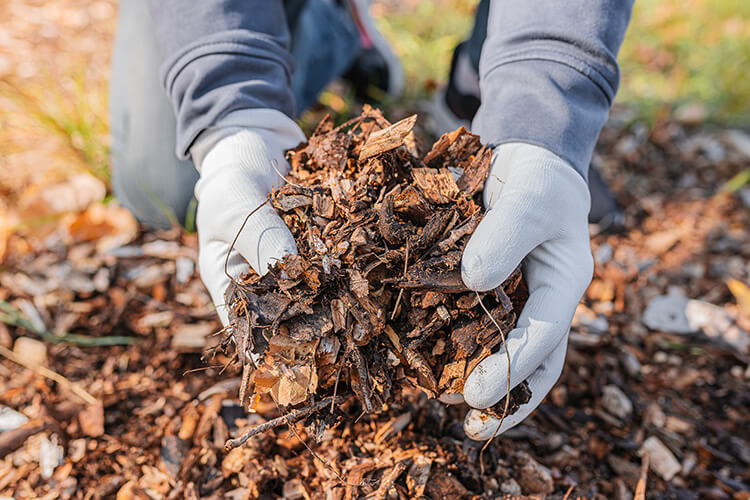 Even though the air is cooler, trees and perennials still need regular watering after planting.
Even though the air is cooler, trees and perennials still need regular watering after planting.
Protect Your Investment
Add a layer of mulch to insulate roots and consider using tree guards or burlap to protect young trees from frost and wildlife.
What About Spring Planting?
If you’ve missed the window for fall planting, don’t worry. Spring is another excellent time to plant. However, fall offers a head start, especially for trees and perennials that can handle Ontario’s winter conditions.
It’s not too late to plant trees and perennials in Ontario—but act quickly! With the right care and timing, your new additions will have a strong foundation to thrive next year. So grab your shovel, bundle up, and get planting before winter truly settles in! If you’d rather save planting for the spring and want some expert assistance, contact us.

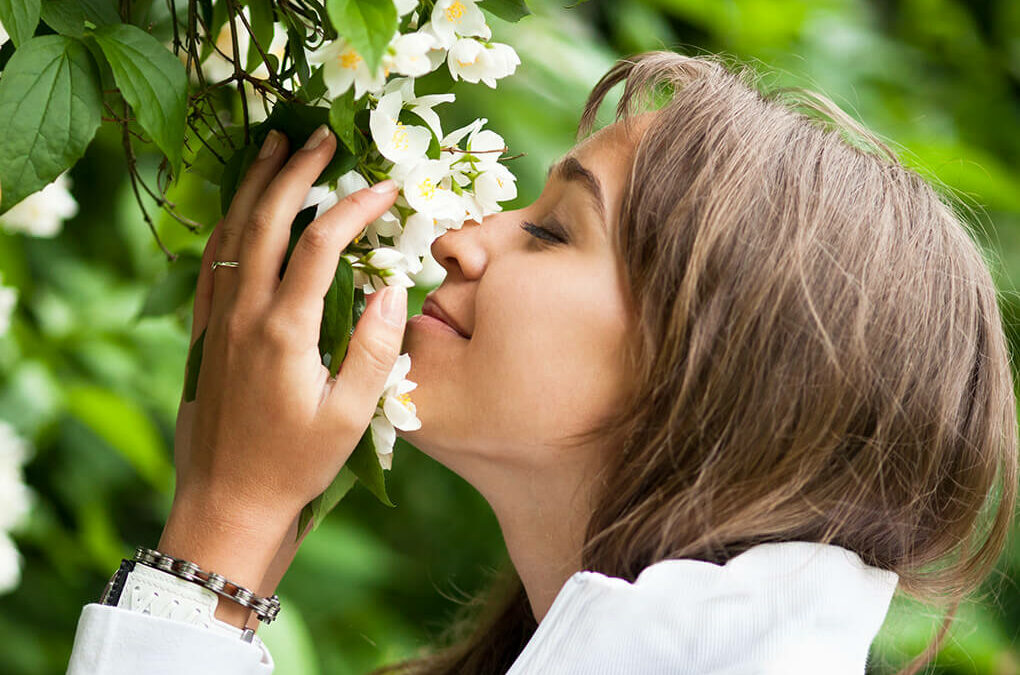
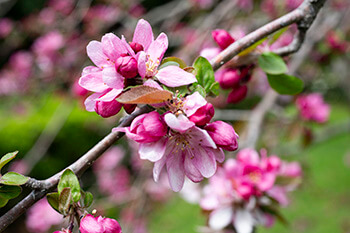 In our region, the climate is perfect for many fragrant trees and shrubs that can be enjoyed throughout the year. In this blog post, we will look at some of the best trees and shrubs that are ideal for fragrance in Southwestern Ontario. Whether you are an experienced gardener or just starting, this post will help you create a beautiful, fragrant oasis in your own backyard.
In our region, the climate is perfect for many fragrant trees and shrubs that can be enjoyed throughout the year. In this blog post, we will look at some of the best trees and shrubs that are ideal for fragrance in Southwestern Ontario. Whether you are an experienced gardener or just starting, this post will help you create a beautiful, fragrant oasis in your own backyard. Katsura trees are unique deciduous trees that emit a refreshing, burnt sugar scent in the fall. They have heart-shaped leaves and attractive yellow flowers in the spring.
Katsura trees are unique deciduous trees that emit a refreshing, burnt sugar scent in the fall. They have heart-shaped leaves and attractive yellow flowers in the spring.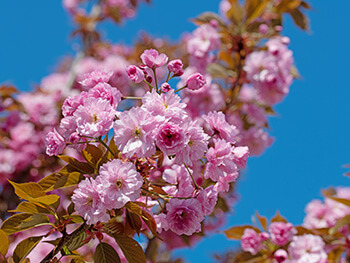
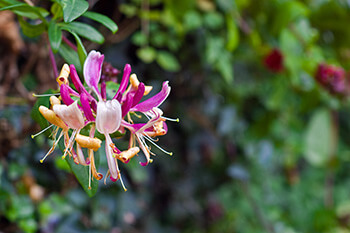
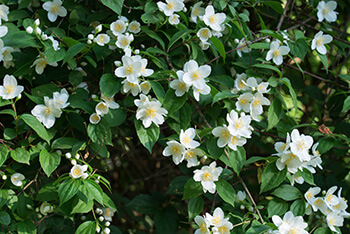
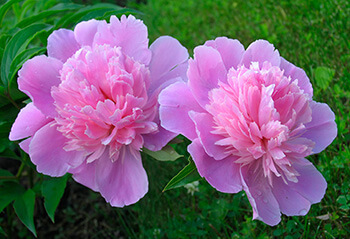
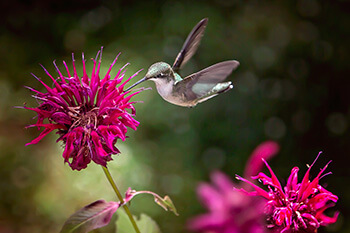 Lavender is renowned throughout the world for adding fragrance and beauty to any garden. This herb has beautiful purple blooms that fill the air with their calming scent.
Lavender is renowned throughout the world for adding fragrance and beauty to any garden. This herb has beautiful purple blooms that fill the air with their calming scent.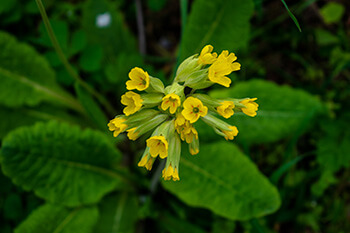 This herb has delicate, fragrant flowers in vibrant shades of pink, purple, and white.
This herb has delicate, fragrant flowers in vibrant shades of pink, purple, and white.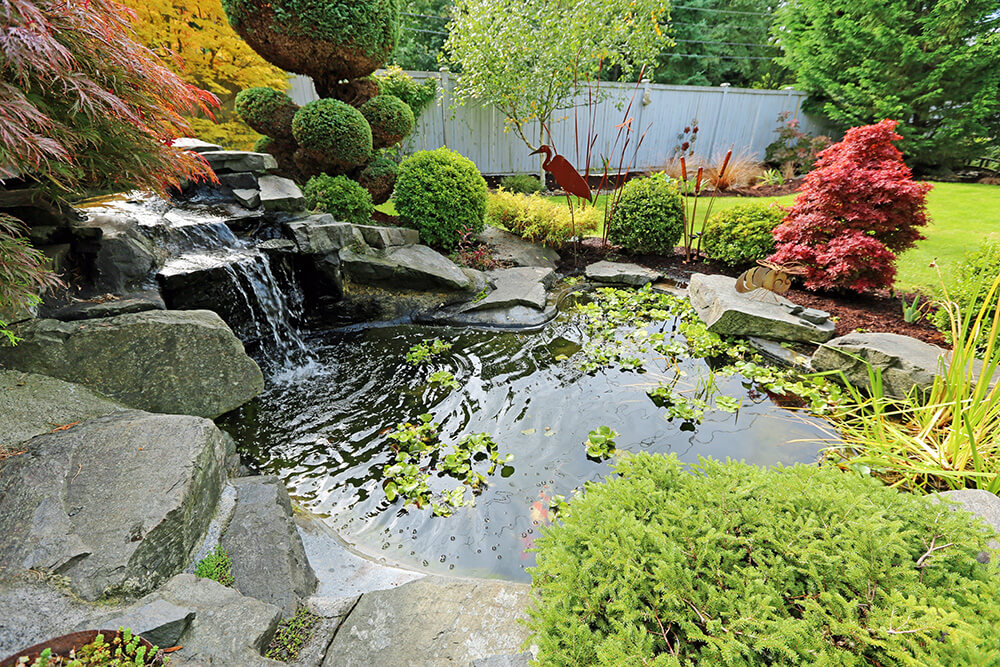
 Planting a variety of
Planting a variety of 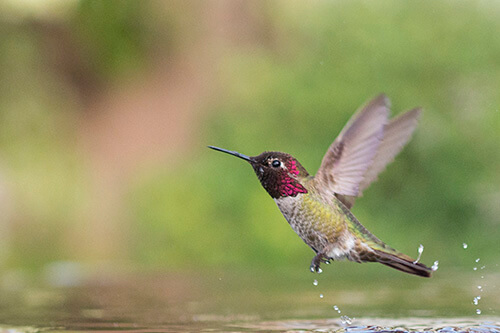 Providing a source of water is essential for wildlife in your backyard. Bird baths and
Providing a source of water is essential for wildlife in your backyard. Bird baths and  Keeping pets indoors or away from areas of wildlife activity is an important part of protecting wildlife in your backyard. Cats and dogs may be attracted to the small animals in your yard, such as birds, rodents, or other creatures. It is best to keep these pets inside or restrain them while they are outside so they do not disturb or harm any wildlife.Additionally, make sure that any outdoor dog runs are not set up in areas where wildlife likes to rest and feed. By taking these extra steps you can ensure that both your pets and the local wildlife stay safe and happy.
Keeping pets indoors or away from areas of wildlife activity is an important part of protecting wildlife in your backyard. Cats and dogs may be attracted to the small animals in your yard, such as birds, rodents, or other creatures. It is best to keep these pets inside or restrain them while they are outside so they do not disturb or harm any wildlife.Additionally, make sure that any outdoor dog runs are not set up in areas where wildlife likes to rest and feed. By taking these extra steps you can ensure that both your pets and the local wildlife stay safe and happy.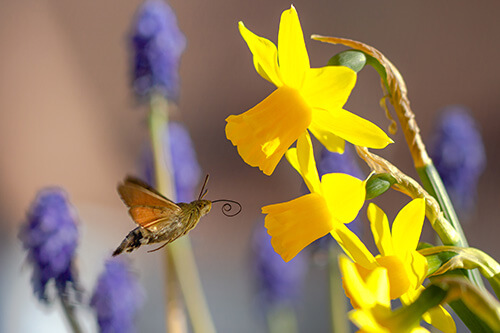 Providing undisturbed areas in your garden is a great way to support local wildlife. By leaving some areas of your garden untouched, you are giving animals the chance to make their own homes without interruption from people or pets.This can take the form of wild patches of grass, untended corners of your yard, or piles of sticks and logs that provide harborage for small creatures. Even if it seems like doing nothing is best, keeping these areas free from human activity and disturbance will be beneficial to the wildlife that makes use of them.
Providing undisturbed areas in your garden is a great way to support local wildlife. By leaving some areas of your garden untouched, you are giving animals the chance to make their own homes without interruption from people or pets.This can take the form of wild patches of grass, untended corners of your yard, or piles of sticks and logs that provide harborage for small creatures. Even if it seems like doing nothing is best, keeping these areas free from human activity and disturbance will be beneficial to the wildlife that makes use of them.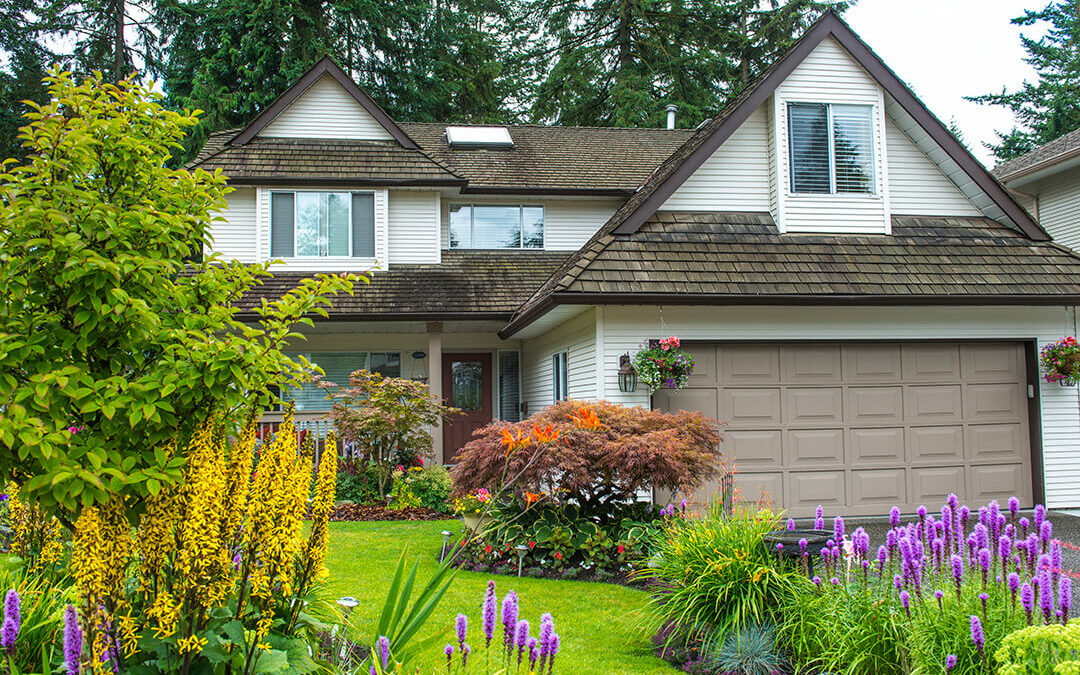
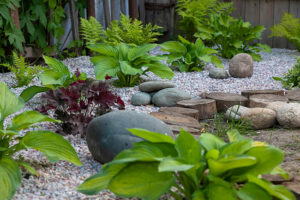
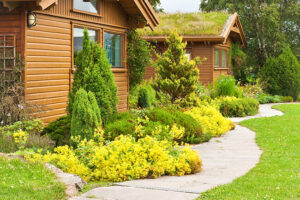
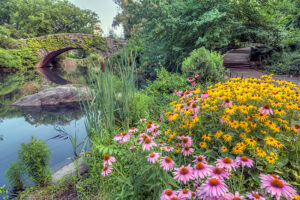

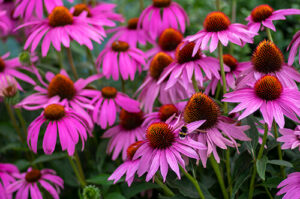 Coneflowers
Coneflowers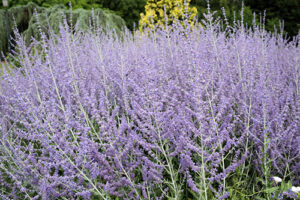 Russian Sage
Russian Sage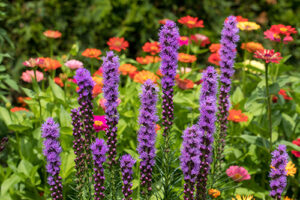 Gayfeather
Gayfeather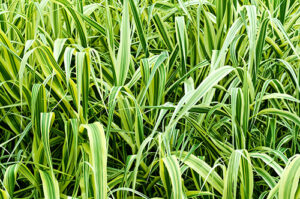 Carex/Sedge
Carex/Sedge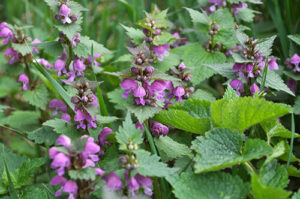 Lamium
Lamium Foamflower
Foamflower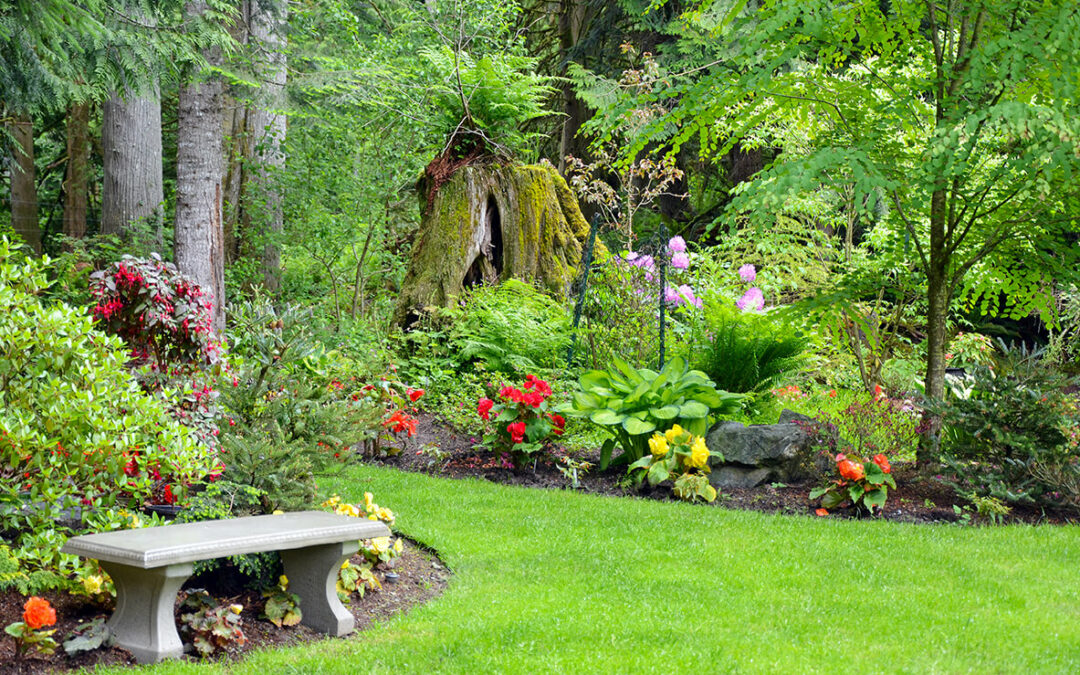
 Boxwood
Boxwood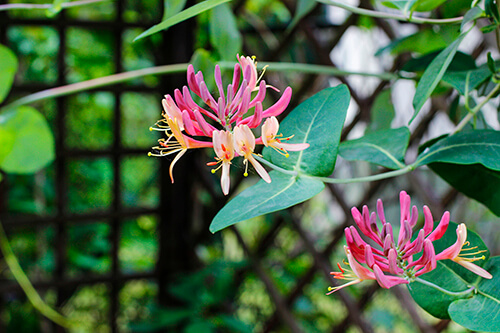 Non-Invasive Honeysuckle
Non-Invasive Honeysuckle Japanese Rose
Japanese Rose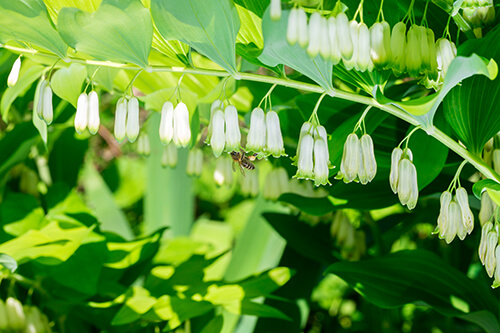 Solomon Seal
Solomon Seal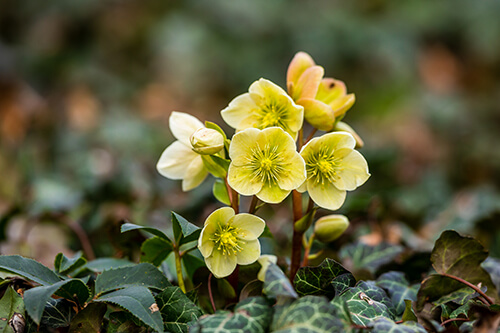 Hellebore
Hellebore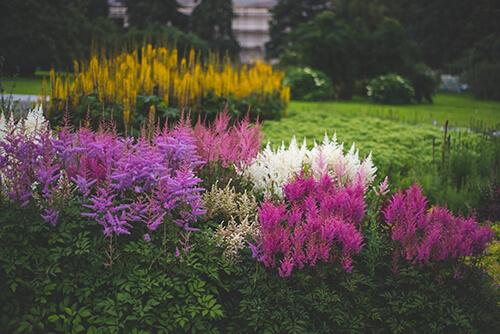 Astilbe
Astilbe